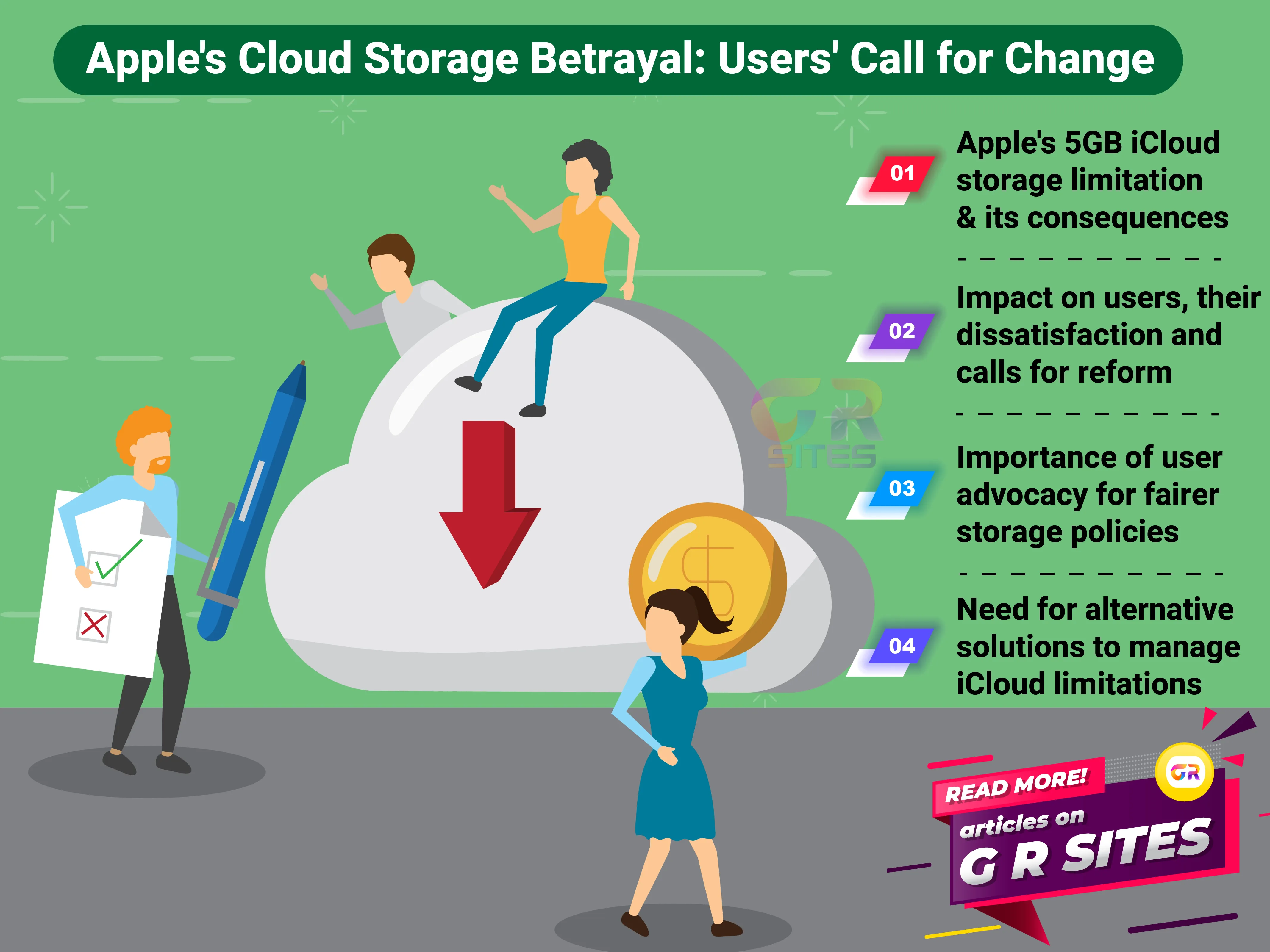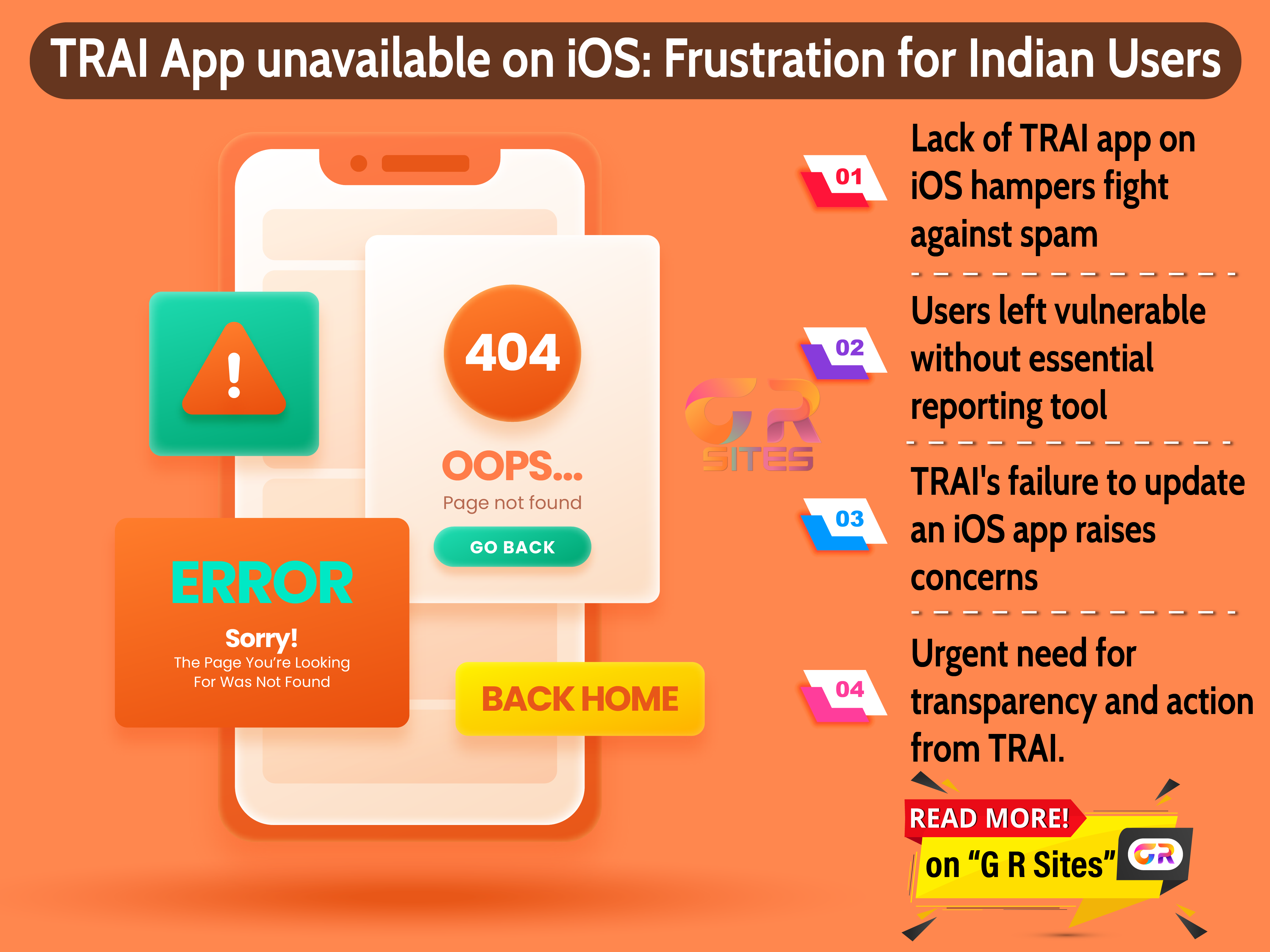Ever noticed how, lately, every time you search for a business or service on Google, JustDial ads seem to pop up more often than the actual search results? It’s not just you. This growing trend is frustrating many users, leading them to wonder if there’s a better way to search. And the answer might just lie in the rise of GenAI-powered tools like ChatGPT, Microsoft’s CoPilot, and Bing’s revamped search engine. These advanced platforms promise to deliver more accurate, relevant, and personalized results, while traditional search engines like Google are bogged down with ads that are making it harder to find what you're really looking for. Let’s dive into this evolving search landscape and explore how the dominance of JustDial ads is pushing users toward these new AI-driven solutions.
If you've been using Google lately, you've likely noticed how often JustDial ads show up at the top of search results, even when you're not looking for them. This ad dominance is more than just an annoyance—it’s changing how users engage with search results.
- Introduction to JustDial Ads in Google Search: JustDial is a popular local search engine in India, providing listings of businesses, services, and products. Recently, it has taken over Google search results through aggressive advertising campaigns. Now, even if you search for a specific business or service directly, chances are you'll be greeted with a JustDial ad before you find the actual result you’re looking for. It’s the kind of thing that makes users question the integrity of search engines.
- Business Impact and User Experience Issues: For businesses, this means their profiles are getting buried beneath a wave of paid ads. Small companies that rely on organic search results are struggling to be seen, and users are facing increasingly irrelevant information. Instead of finding official websites or direct contact details, they’re funneled to JustDial's intermediary listings, often leading to frustration and confusion.
- How Paid Ads Affect Organic Search Rankings: When a company like JustDial pours money into dominating ad space, it pushes organic search results further down the page. This has real consequences—not just for small businesses, but also for users trying to get accurate, unbiased information. Research shows that over 70% of users don’t scroll past the first page of search results. So when ads take up the majority of that space, the organic results lose visibility.
- Real-World Examples of Ad Dominance: Imagine searching for a nearby restaurant, hoping to get its official website or menu. Instead, you’re greeted with three JustDial ads, followed by listings from other aggregator sites. It’s not until you scroll further down (if you're patient enough) that you finally spot the restaurant's actual website. This is becoming an all-too-common scenario.
It’s not hard to see why users are becoming increasingly disillusioned with traditional search engines. What used to be a simple, user-friendly tool for finding relevant information has turned into a battleground of ads, and JustDial’s dominance is at the center of it all.
- User Dissatisfaction and Search Experience: One of the biggest complaints is that users no longer feel in control of their search results. Instead of finding what they intended to look for, they’re bombarded with paid listings that often aren’t even relevant to their search query. Over time, this erodes trust in Google as a reliable search engine. The frustration grows when even the most specific search terms lead to the same result: ads before relevant links.
- The Role of Ad Over-Saturation in Search Fatigue: There’s no denying that ads are essential to the business model of most search engines, but too much of a good thing can have the opposite effect. Ad over-saturation is contributing to what experts call “search fatigue”—users are becoming overwhelmed by the sheer volume of irrelevant or repetitive ads. This is causing them to click away faster and look for alternative search methods.
- How Irrelevant Ads Skew Search Intent: When ads dominate the top results, they often misalign with what the user is actually searching for. A person looking for a niche service might be directed to JustDial or other directory listings that don’t actually provide the needed information. Over time, this skews the user’s ability to rely on search engines to deliver accurate, relevant results.
- User Behavior Trends: Flocking to New Alternatives: Tired of the cluttered results, more users are turning to alternative search platforms that focus on relevance and accuracy. According to a recent study, searches on AI-powered platforms like ChatGPT and Microsoft’s Bing have increased significantly in the last year. Why? These platforms aren’t filled with irrelevant ads—they prioritize user intent, context, and conversation, which users find far more intuitive and helpful.
As frustration with traditional search engines grows, AI-powered search tools are quickly gaining ground. Platforms like ChatGPT, Bing, and CoPilot offer a more intuitive and user-focused approach to search.
- Introduction to GenAI Search Tools (ChatGPT, Bing, CoPilot): Generative AI search tools like ChatGPT (OpenAI), Microsoft’s Bing with AI, and CoPilot are revolutionizing how users interact with search engines. Instead of sifting through irrelevant ads, users can ask specific questions and get contextually accurate answers. These platforms use advanced language models that can understand complex queries, making the search experience more personalized and efficient.
- How These Tools Provide Better Context and Relevance: Unlike Google’s ad-heavy approach, AI-based search engines focus on delivering results based on the actual context of your query. This means they’re better at understanding natural language and user intent, allowing them to present more relevant information. For instance, if you ask, “Where can I find affordable electricians in Delhi?” GenAI-powered tools will provide direct answers, not a series of paid directory ads.
- The Evolution of Conversational Search Experiences: GenAI tools are transforming search by making it more conversational. Instead of simply providing a list of links, these platforms engage in dialogue with the user, clarifying questions and offering in-depth responses. This is particularly helpful when searching for nuanced information, where a single keyword search may not yield the best results.
- Future Predictions: Could Google Lose Its Dominance? As GenAI tools continue to improve, the future of search could look very different. Users are already flocking to alternatives that prioritize relevance over ads, and this trend shows no signs of slowing down. If Google continues down the path of prioritizing ad revenue over user experience, it may face stiff competition from AI-driven platforms that promise faster, smarter, and more intuitive search results.
My final thoughts
Google's search dominance has long been unchallenged, but the rising prominence of JustDial ads is tipping the scales—frustrating users and pushing them to look for alternative ways to search the web. As the balance between relevant information and ad saturation tilts, GenAI-powered tools like ChatGPT, Microsoft Bing, and CoPilot are emerging as viable alternatives. These platforms offer what users want: search results based on relevance, context, and personalization rather than ad dollars.
The future of search might just belong to these innovative AI-driven tools, as they bridge the gap between user expectations and the realities of modern online advertising. For now, the message to Google is clear: reduce the ad clutter, or watch as users begin to explore greener search pastures.
Table: Comparison of Google Search vs. GenAI Search Engines
|
Feature |
Google Search |
GenAI-Powered Search Tools (ChatGPT, Bing, CoPilot) |
|
Ad Saturation |
High |
Low to none |
|
Relevance |
Often skewed by ads |
Contextually accurate |
|
User Experience |
Frustration from ads |
Personalized, conversational, and engaging |
|
Search Results Format |
List of links |
Conversational, with detailed answers |
|
Future Trend |
User dissatisfaction |
Growing user adoption |
In the end, the search engine that listens to users and values relevance over revenue will win the game. It’s time to see where this changing tide will take us—and whether Google will rise to the challenge or get left behind in the race for more meaningful search experiences.















